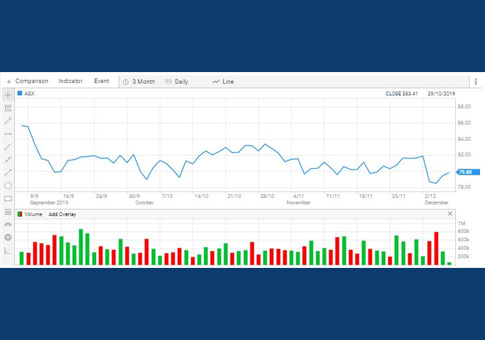Market maker arrangements
A market maker is a professional trader who is appointed by ASX or the product issuer to provide liquidity in the ETF or ETP by providing quotes throughout the ASX trading day and updating their prices to reflect changes in the underlying markets. Market makers also play an important role in ensuring that buyers and sellers of ETFs and other ETPs can transact at prices close to the net asset value of the ETF or ETP.
